Carpal tunnel syndrome: Physiotherapy Treatment – Exercise
Table of Contents
Description:
Carpal tunnel syndrome is caused by the compression of the median nerve in the narrowing tunnel. in this condition, the patient feels tingling, pain, numbness, and weakness in the thumb and the other three fingers except for the little finger. this condition is seen most commonly in women because they have smaller tunnels compared to men. this condition is very common in the population and the ratio is more than 10million cases per year seen in India. women get conditions three times more often than men.
This syndrome was described in the mid-1800s. The first surgery was done in the 1930s to release the carpal tunnel symptoms.
What is carpal tunnel?
The carpal tunnel is a small canal or tube-like structure in the wrist joint. Similar to a tunnel you could be passed through by car, this part of the wrist allows the median nerve and tendons to pass in the hand and forearm. Bones, Tendons, Ligaments, and nerves are included in the tunnel.
Anatomy of Carpal tunnel:
Bones:- bones make up the bottom and sides of the tunnel. The eight carpal bones may be ideally organized as either two transverse rows or three longitudinal columns.
trapezium
trapezoid
hamate
capitat
pisiform
triquetral
lunate
scaphoid
pisiform, triquetral, lunate, and scaphoid together and is called carpus.
Ligament: ligaments are connected on top of the tunnel, the ligament is a strong tissue that holds whole the tunnel together.
- ulnar and radial collateral ligaments
- the palmar and dorsal radiocarpal ligaments
- the palmar ulnocarpal ligament.
Nerve:-radial, ulnar and median nerves pass through the tunnel but the median nerve is pass through the carpus .this nerve is most commonly affected in this condition.
Median nerve: This nerve provides sensation to most of the fingers in the hand (except the little finger). It also gives strength to the base of the thumb and index finger.
Tendons: it’s a Rope-like structure, tendons are connected to muscles in the forearm to the bones in the hand. They allow the fingers and thumb to bend.
What is carpal tunnel syndrome?
Carpal tunnel syndrome is one of the most common conditions that affect the hand. People may feel pain, numbness, and general weakness in the hand and wrist in this condition.
What are the causes of carpal tunnel syndrome?
This condition is caused by the narrowing space of the carpal tunnel so that the nerve and the tendons are compressed and the symptoms arise. most commonly the median nerve is compressed in the tunnel. The pain in your carpal tunnel is due to more pressure on the median nerve in the wrist. inflammation causes the swelling. Inflammation is a medical condition that causes swelling in the wrist and sometimes obstruct blood flow. It can be worse if the wrist extension movement repeatedly. The swelling and compression are present in the wrist due to the median nerve compression. This may be the result of:
Position the wrist while using the keyboard or mouse.
Any overextended movement of the wrist, like playing the piano or typing.
What are the symptoms of carpal tunnel syndrome?
In this condition, symptoms start gradually day and night. symptoms are present in the index finger, middle finger, ring finger, and thumb. the early symptoms are following
numbness
tingling
pain
loss of sensation in fingertips.
if the early symptoms are not treated, the condition becomes worse.
After that, the patient has difficulty in holding the object(small), writing, and driving, and is unable to perform the work properly. swelling is present in the hand in worsening condition.
Many times, there is no single cause of carpal tunnel syndrome. It may be that a combination of risk factors contributes to the development of the condition.
What are the different risk factors of carpal tunnel syndrome?
People at the risk factor of this condition who work in jobs and repeatedly use their fingers.repeated movements like hammering,
vibration, and repeatedly extreme wrist movement.
risk of carpal tunnel syndrome in other occupations like hairstylist, bakers, musician, cashier, backers, etc
other factors can also development of carpal tunnel syndrome. These factors are the following:
Hereditary(the same condition in any family member)
Pregnancy.
Hemodialysis
Wrist fracture and dislocation.
any type of Hand or wrist deformity.
Arthritic conditions such as rheumatoid arthritis and gout.
hypothyroidism(thyroid hormone imbalance)
Diabetes.
Alcoholism.
Tumor in the tunnel
Obesity
Older age.
Amyloid deposits (less protein).
These symptoms are seen most commonly in women compared to men. The ratio is mentioned in the overview of this condition.
When to go to the doctor?
when the patient feels any type of symptoms which are mentioned above or more weakness, if they have sleep disturbances due to pain and tingling and normal activity pattern is altered that time patient to doctor advised to relieve the symptoms.
How can diagnose carpal tunnel syndrome?
Firstly the Physical investigations are done then if any more severe symptoms appear the radiological investigations are also done to confirm diagnosed carpal tunnel syndrome.
Physical Examination:
When the patient feels any type of disturbance in normal work so they go to the orthopedic doctor .dr asked to the patient whole history to relavent any type of injury or any working history. after taking the history dr checked all wrist movements and the strength of the wrist and the fingers .doctor gave the pressure on the wrist so the median nerve is compressed and asked if the patient’s tingling started in the whole hand or not. by the special instrument or cotton gave the light touch on the patient’s hand and fingertips to check the sensation of that part. many other different types of tests are present to check for carpal tunnel syndrome. after checking that doctor concluded that confirmed the diagnosis.
different tests are following:
Tinel’s sign: In this test, the physician taps over the median nerve at the wrist to see if it produces a tingling sensation in the fingers. the test is positive.
Phalen’s test(Wrist flexion test): In this test, the patient put his or her elbow on a table and does the wrist to fall forward freely.
patient with carpal tunnel syndrome will experience numbness and tingling in the fingers within 60 seconds. If The more quickly symptoms appear, carpal tunnel syndrome is more severe.
Radiological investigations:-
X-ray,
MRI and ultrasound
Through this investigation, the doctor checks your some abnormality in the wrist’s bones, tissue, and ligaments.
Electrophysiological tests may include:
Nerve conduction studies (NCS). These tests measure the signals which travel in the nerves of your hand and arm.it can be detected when a nerve is not conducting its signal properly. Nerve conduction studies can help the doctor to determine how severe this problem and it helps to guide treatment.
Electromyogram (EMG). An EMG test measures the proper electrical activity or signal in the muscles. EMG test results can show any type of nerve and muscle damage in the hand.
Treatment of carpal tunnel syndrome:
In an early stage, the symptoms of carpal tunnel syndrome are treated first. if it is not treated, the symptoms will gradually increase and the condition would worsen over time. For this reason, it is important to be checked and diagnosed by the doctor early on. so that in the early stages, symptoms may slow or stop the progression of the disease.
treatment of it in two-way medical treatment and physiotherapy treatment. surgical treatment is optional when the symptoms are not relieved by the conservative treatment.
Medical treatment:
Anti-inflammatory medication, it may be oral or injected into the carpal tunnel space. it reduces the swelling.
Splinting your hand, it helps keep your wrist moving. It also decreases the compression of the nerves inside the tunnel.
Worksite changes. Changing the position of your computer keyboard or making other ergonomic changes can help decrease symptoms. the patient takes rest in between the work period, the patient doesn’t do the continue long period of work.
Exercise, it is an important part to decrease the pain and improving the mobility and strength of the hand.
If this syndrome is not treated early. it gradually becomes worse and then it is treated surgically to decrease the symptoms.
Surgical treatment:
The goal of surgery is to increase the size of the tunnel so that decreases the pressure on the median nerve and tendons that pass through the space.
Carpal tunnel syndrome surgery is one of the most common surgical procedures in the United States. Surgery is done under local or regional anesthesia and does not require admission to the hospital overnight. Many people require surgery on both hands. In the surgical procedure, the tendons are cut to relieve the pressure on the nerve, there are two different methods that are used by surgeon doctors to accomplish it.
Two different methods are the following:
Open release surgery, it is the traditional procedure used to correct carpal tunnel syndrome, it consists of making an incision up to 2 inches in the wrist and then cutting the carpal ligament to open the carpal tunnel. This surgical procedure is done under local anesthesia on an outpatient basis.
Endoscopic surgery, it may allow some faster functional recovery and less postoperative discomfort comparatively traditional open release surgery but it may also have a higher risk of complications and the need for other additional surgery. The surgeon makes one or two incisions (about ½ inch each) in the wrist and palm, inserts a camera attached to the tube and observes the nerve, ligament, and tendons on a monitor screen, and cuts the carpal ligament with a small knife that is inserted through the tube. after this surgery, the ligaments are growing together and allow more space than before. symptoms may decrease immediately after surgery, and full recovery from carpal tunnel surgery can take months. Sometimes patients have infections, nerve damage, stiffness, and pain around the scar.
After the surgery, the patient wore a splint. This will help to move your wrist during the recovery. the patient needs to wear the splint for a week or two. the patient has some pain after the surgery. It is controlled with pain medication which prescribed by the doctor and tells patients to sleep with their hands elevated to help decrease swelling.
Recovery from carpal tunnel surgery is different for every person. If the nerve has been compressed for a long period of time, recovery may take a longer time. the doctor encouraged the patient to move her fingers and wrist a few days after surgery to help prevent stiffness. the patient will need to adjust work or home activities during recovery. Talk with the health care provider about what you need to change in your working activity.
Physiotherapy treatment of carpal tunnel syndrome:
The goals of physical therapy are the following:-
Reduce the symptoms without the need for surgery.
Allow to patient hand mobility as active and functional as possible.
Help patients to back their normal work, home, and easier activities.
Patient education,
Your physical therapist will teach you different ways to improve your condition. This may include:
Changing wrist positions infrequent(such as avoiding bend-wrist positions for long periods).
Take neck and upper-back posture proper (avoiding forward-head posture or slouching).
“interval breaks” during your work or daily routine.
Physiotherapy exercises:
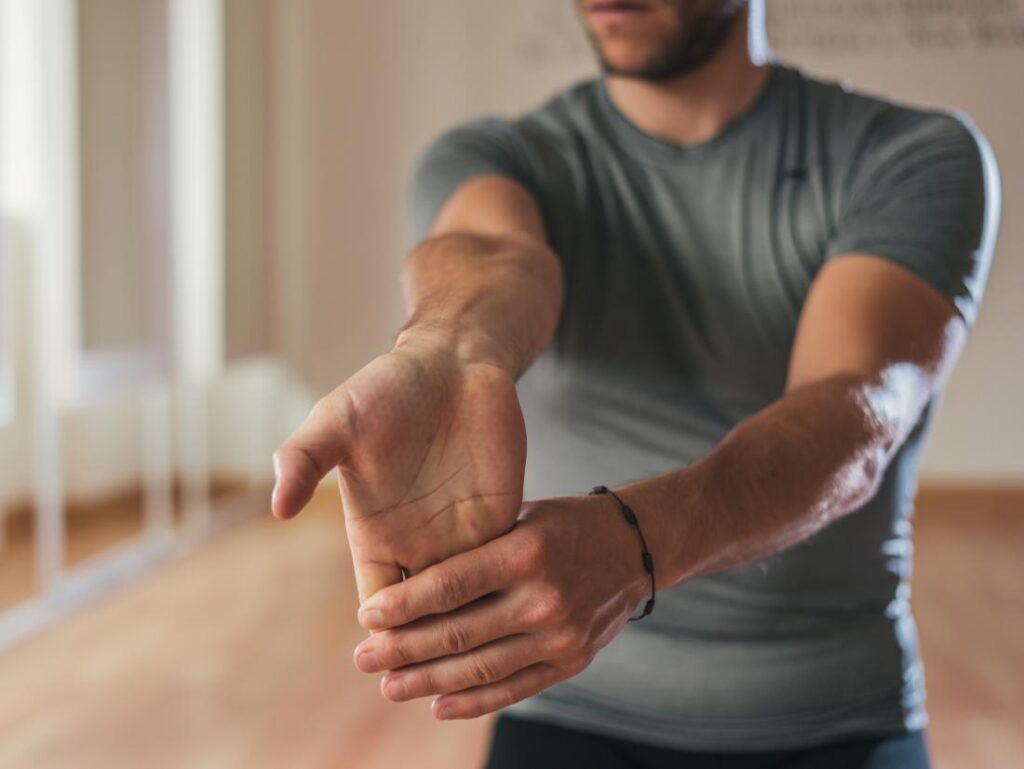
Stretching exercises, the physical therapist will teach to patient gentle stretching exercises to improve their wrist, hand, and finger flexibility.
Strengthening exercises, the physical therapist will teach you exercises to strengthen muscles to help better posture. Once your symptoms are decreased, strengthening exercises for the hand, wrist, and forearm will be prescribed.
Hand Squeezes for Grip Strength, Squeeze a soft rubber ball. Hold for 5 seconds. Repeat 10 times. Do this three times a day.
Splinting, the physical therapist may recommend that you use a splint at night to reduce discomfort.
Cold and heat treatments, physical therapists use cold(ice) or heat treatments, to relieve pain.
Mobilization treatment and mobilization of carpal bones, median nerve, and soft tissue are given by the physical therapist.
Other modality treatments, ultrasound (US) and TENS two modalities have been given to the patient as per the patient’s condition.
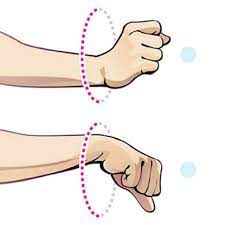
Active movement exercise:
Shake It Out, This exercise is very easy. It’s especially useful at night when the symptoms can be worse. If a patient wakes up with pain or numbness, just shake your hands and get some relief.
Fist to Stop Sign, Make a fist, and Slide your fingers upward like you’re telling someone to stop. Repeat 5-10 times.
Fist to Fan, Make a fist, do your fingers outward, hand straight, and stretch them as far as you can. Repeat 5-10 times.
Thumb Touches, touch the tip of each finger to the tip of your thumb so they make an O-shape. Repeat a few times.
What are the preventive measures for carpal tunnel syndrome?
Carpal tunnel syndrome can be difficult to prevent. it can be caused by so many different activities in a person’s daily activities so prevention can be challenging. Workplace changes—proper sitting posture, hand, and wrist placement—can help decrease some factors which can lead to carpal tunnel syndrome.
Other preventative methods include:
Sleeping with your wrists put straight.
Keep your wrists straight when using tools.
Avoid flexion (curling) and extension of the wrist repeatedly.
Decreased repetitive/strong grasping with the wrist in a flexed position.
Taking frequent breaks in repetitive activities.
Performing stretching exercises before and after activities.
Monitoring and properly treating medical conditions, linked to carpal tunnel syndrome.
Does carpal tunnel syndrome take a long recovery period?
If patients know the symptoms and go to the doctor at an early period, recovery is faster and early compared to the conservative treatment.
if surgery was done in that case the recovery period is long compared to manual treatment (conservative treatment). after surgery stitches are removed after a few days and then after the physiotherapy treatment start and the patient does wrist and hand movements gradually. patient do all activity without any more symptoms it can take six or eight weeks period. in both cases, the recovery period depends on the patient’s workplace place and workplace equipment which are used in daily routine.
FAQ
weakness in one or both hands when holding items.
Hands may go numb or pain, one or both.
the fingertips’ “pins and needles” feeling.
The digits seem enlarged.
tingling or burning sensation in the fingers, especially the thumb, index, and middle fingers.
One of your nerves (the median nerve) is compressed and swollen in the carpal tunnel inside your wrist, resulting in CTS. If you are overweight, you are more vulnerable. are expecting a child. Work or engage in activities that require you to grasp tightly or bend your wrist frequently, like vibrating instruments.
Carpal tunnel syndrome is usually not a big deal. If you receive therapy, the pain will usually go away and your wrist and hand won’t sustain any permanent harm.
Carpal tunnel syndrome often worsens with time for most people. If left untreated over an extended period of time, it may result in irreversible hand dysfunction, including weakening and loss of finger feeling. This makes it crucial to identify and treat carpal tunnel syndrome as soon as possible.
Even though carpal tunnel syndrome might cause pain or pain, it is treatable at home. The first action you should take is to cease the activity that is causing the compression. “Consider the activities that you believe could be causing pain and numbness in your wrist, and try to minimize or cease them,” advises Dr. Seitz.
The following symptoms might be present if you have carpal tunnel syndrome: Your thumb and first three fingers are experiencing pain, numbness, tingling, or burning. Your forearm may ache all the way up to your shoulder. sporadic shock-like feelings radiating forth toward your fingers from your forearm.
For those who suffer from tingling and numb hands and have difficulty falling asleep at night, nighttime splinting is a suitable first line of treatment. The purpose of splints is to prevent the wrist from being flexed, which can compress the median nerve and result in unpleasant sensations.
Employing Acupressure Point P6
This acupressure point is situated in the middle region of the lower forearm, three finger widths down from the wrist crease. This point releases stress in the wrist and finger flexor muscle group by stimulating the median nerve, which helps with carpal tunnel syndrome.
Self-Sufficiency. If you have carpal tunnel syndrome, applying ice to your wrist or immersing it in an ice bath may help reduce your pain. Once or twice each hour, give it a try for 10 to 15 minutes. For pain that wakes you up at night, you may also dangle it over the edge of your bed or give your wrist a light shake.
Certain foods may exacerbate carpal tunnel syndrome because they are pro-inflammatory: Salt makes you retain more fluid, which exacerbates swelling and might make you feel worse. Alcohol makes the B vitamins that are necessary for healing less effective and promotes edema. Sugar leads to metabolic issues and raises edema and puffiness.
Athletico: Carpal Tunnel Syndrome and Sleep Positioning
Because there is no active muscular pump throughout the night, tissue fluid in the arms redistributes, making Carpal Tunnel Syndrome symptoms worse at night. Put another way, when we try to sleep, we aren’t moving, and more fluid causes an increase in carpal tunnel pressure, which triggers problems.
Early diagnosis and treatment of carpal tunnel syndrome may lead to improved outcomes using nonsurgical approaches such as:
Splinting of the wrist. Tingling and numbness throughout the night can be lessened with the use of a splint that immobilizes the wrist.
Corticosteroids; nonsteroidal anti-inflammatory medications (NSAIDs).
Three Strategies to Reduce Carpal Tunnel Pain at Night Of course
Unclench your fingers and keep your hand extended so that your wrist is not twisted or bowed. In order to gently stretch out the wrist ligaments while you sleep, think about dangling your hand over the edge of the bed.

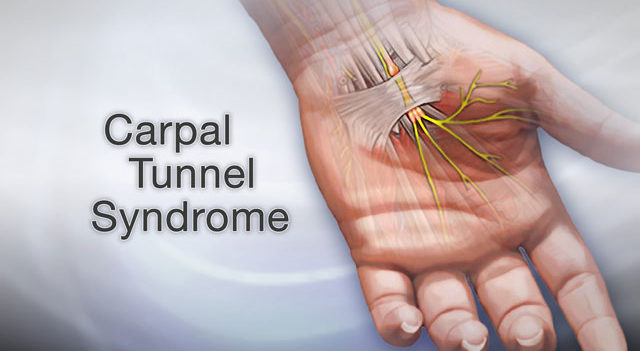
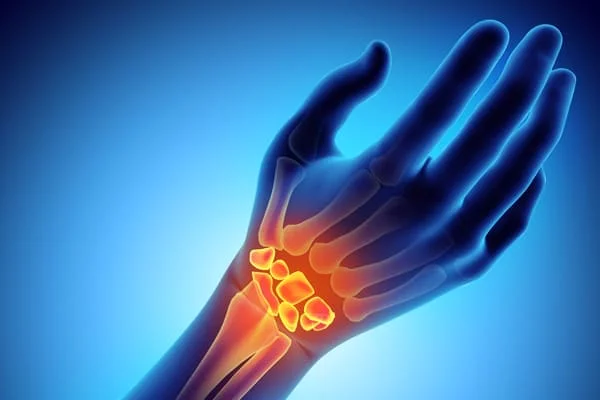
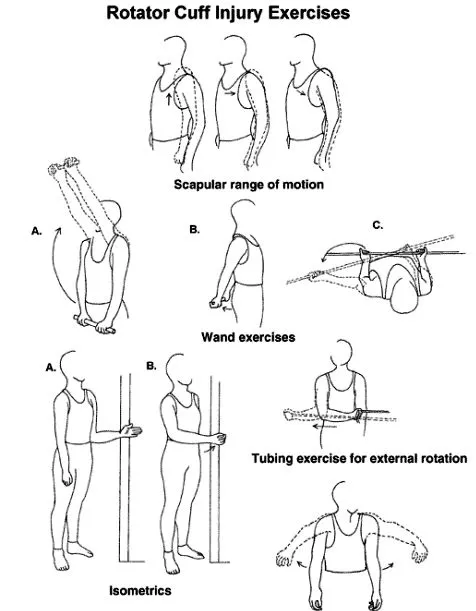
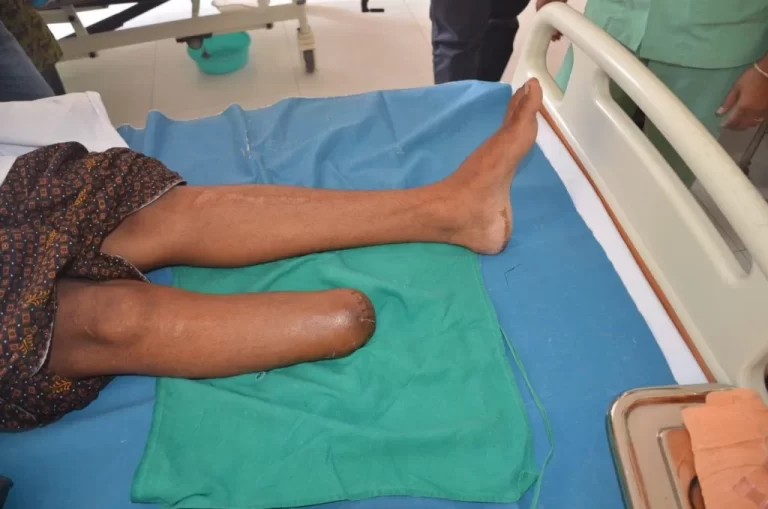
17 Comments